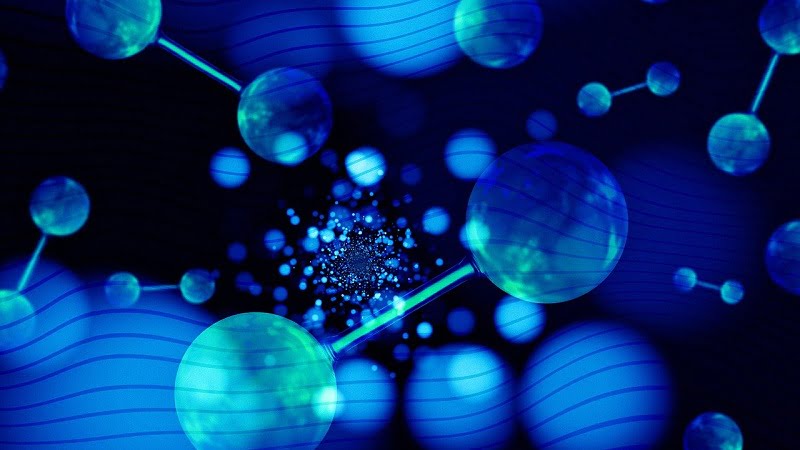
Stanford University is working on a liquid battery that will store energy for the power grid. The team is developing new catalytic systems to produce isopropanol. They want to optimize storage methods for liquid fuels.
Robert Waymouth leads a team at Stanford working on liquid organic hydrogen carriers (LOHCs) to store renewable energy. Hydrogen itself is not new as a fuel or for generating electricity. The challenge is obtaining and transporting it.
The possibilities of the liquid battery
To store electricity for the power grid, current batteries use so-called lithium-ion technologies. The same applies to smartphone and electric car batteries. But energy storage is so extensive that scientists are looking for complementary systems.
LOHCs seem to be a very promising solution. They work with catalysts and high temperatures to store and release hydrogen. The goal is for LOHCs to return the stored energy on a large scale as usable fuel or electricity.
“We are developing a new strategy for the selective conversion and long-term storage of electrical energy in liquid fuels,” said Waymouth. “We have also discovered a novel, selective catalytic system for storing electrical energy in a liquid fuel without producing gaseous hydrogen.”
The important work at Stanford
Waymouth's team is also studying isopropanol as a component of systems for storing and releasing hydrogen energy. But the production of isopropanol produces hydrogen gas and “you don't want hydrogen gas in that process,” Waymouth explains.
That's why the scientists are researching a way to produce isopropanol directly from protons and electrons. Daniel Marron, lead author of the study, developed a special catalyst system that combines two protons and two electrons with acetone. In this way, they obtain the LOHC isopropanol selectively without producing hydrogen gas.
Cobaltocene is particularly valuable in the process. The relatively inexpensive organometallic compound has proven to be an efficient co-catalyst in the reaction because it donates protons and electrons directly to the iridium catalyst and does not release hydrogen gas.
Basic research for liquid batteries
Cobalt is already a common material for batteries. Based on the new findings regarding the properties of cobaltocene, other catalysts for the process could be developed. That is at least the hope at Stanford, as Waymouth emphasizes:
If you have excess energy and there is no demand for it on the grid, you store it as isopropanol. When you need the energy, you can return it as electricity. This is basic research, but we believe we have a new strategy for selectively storing electrical energy in liquid fuels.
Ideally, LOHC systems improve energy storage for the industry and energy sector and/or for individual solar and wind farms.
Also interesting:
Source: https://www.basicthinking.de/blog/2024/06/20/fluessigbatterie-forscher-speichern-energie-in-fluessigen-brennstoffen/


